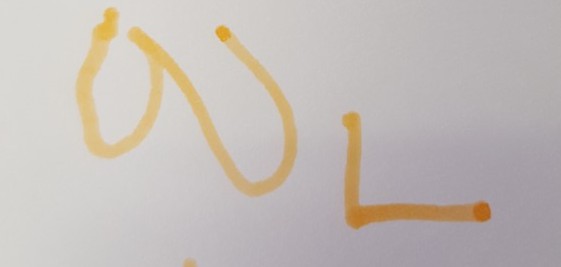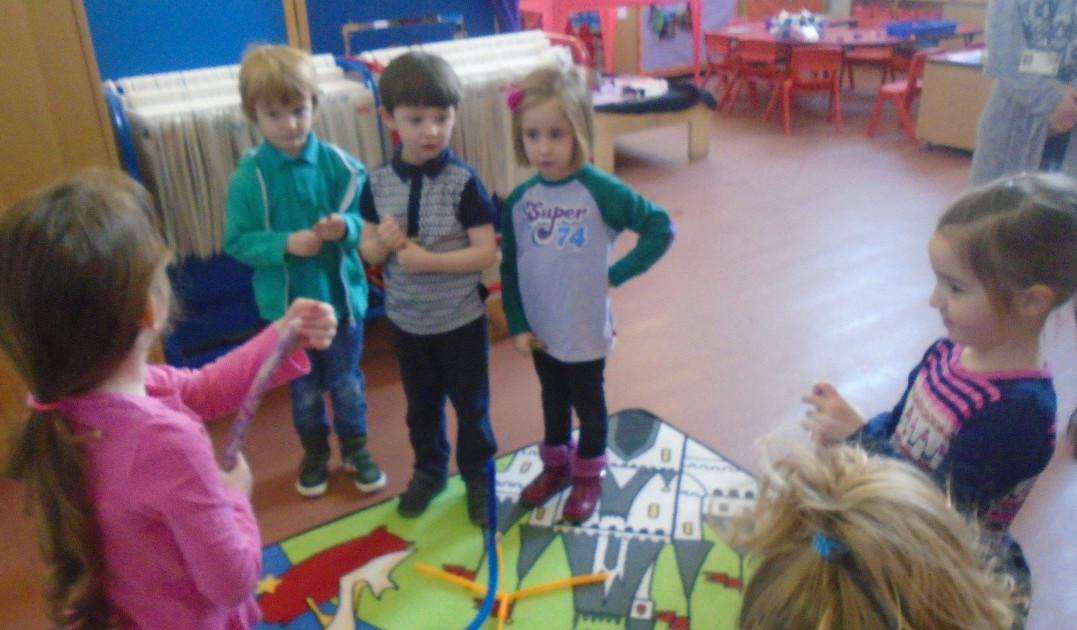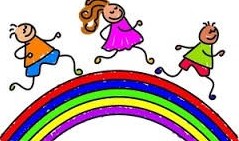 Well we finally got to try and make a rainbow!
Well we finally got to try and make a rainbow!
We returned to our scientific method of predicting, experimenting and reporting in our logbooks.
The question I posed was what would happen to the light from a torch if we shone it through a glass of water? I didn’t want to mention colour as I didn’t want to lead the children in their predictions. As a result the predictions showed that the children drew on their previous knowledge and experiences. (Applying knowledge is a higher order thought process – showing deep learning!)
“I don’t know………maybe a gas?” – Gabriel
(click on each picture to see whose is whose).
Charlie’s was the most poetic prediction however:
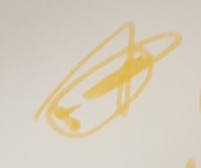
Fisrt we checked what the torchlight looked like normally:
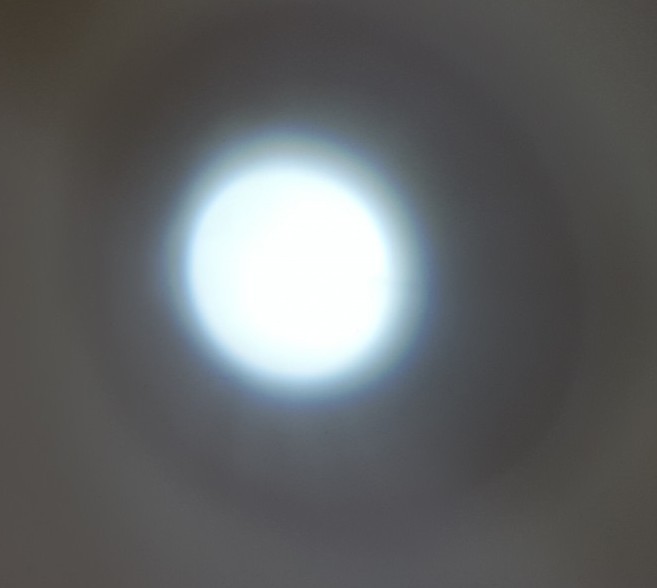
Then we took turns to shine the light through the glass of water…..
These photos don’t really capture what we noticed. So take it
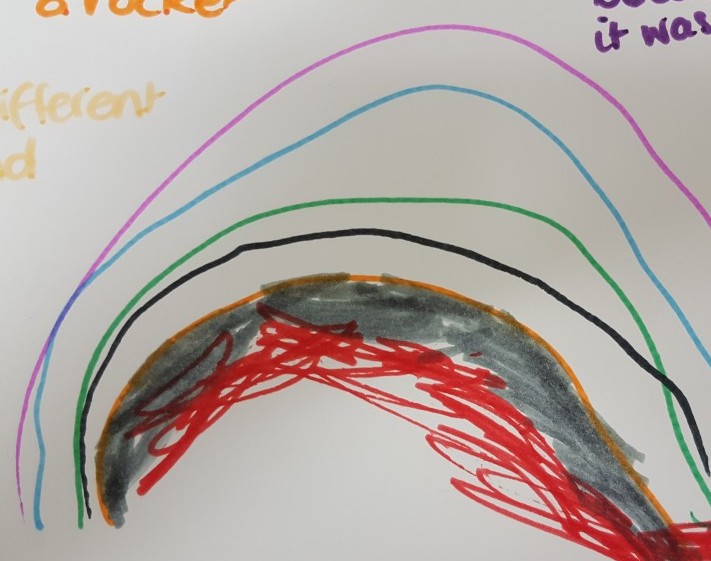
from Caoimhe:
or Zach:
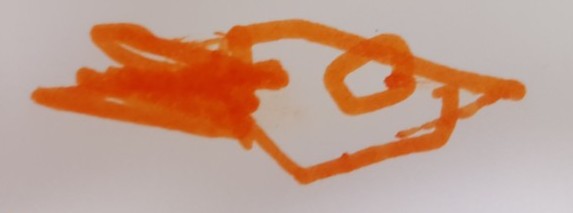
and others (again click on the pictures to see who said what)
Again Charlie described it well:
“It’s like 10 different shapes and colours!”
Or have a look for yourself – how would you describe it?
So why? Where did the colours come from?
“the water changed the light”! – Gabi
“It bends, it was pushing it away” – Innes
 The water bends the beam of light which has a affect on each different colour that makes up white light, all bending at a different angle. In other words the water seperates the colours that make white light. This is called refraction. It is what happens to sunlight reflected on raindrops which creates a rainbow in the sky.
The water bends the beam of light which has a affect on each different colour that makes up white light, all bending at a different angle. In other words the water seperates the colours that make white light. This is called refraction. It is what happens to sunlight reflected on raindrops which creates a rainbow in the sky.
The experiment didn’t impress everyone. Every session ends with a question:
“What could we do better?”
Normally I just get shrugs and “don’t know”s but today I got a couple of good replies:
“I prefer the spray experiment” – Charlie
“Maybe changing the colours a different way” – Gabi
So now we have evaluating to add to our skills that we practice with our science!
Smart cookies!
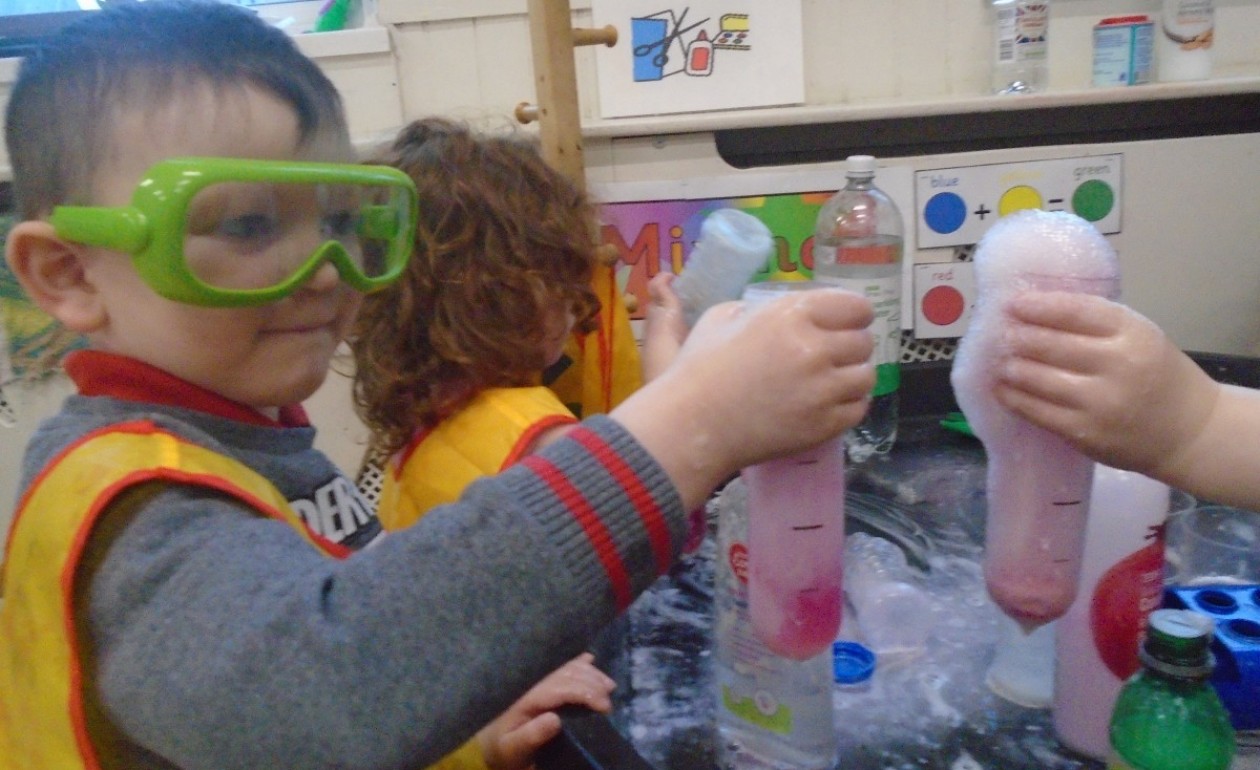

































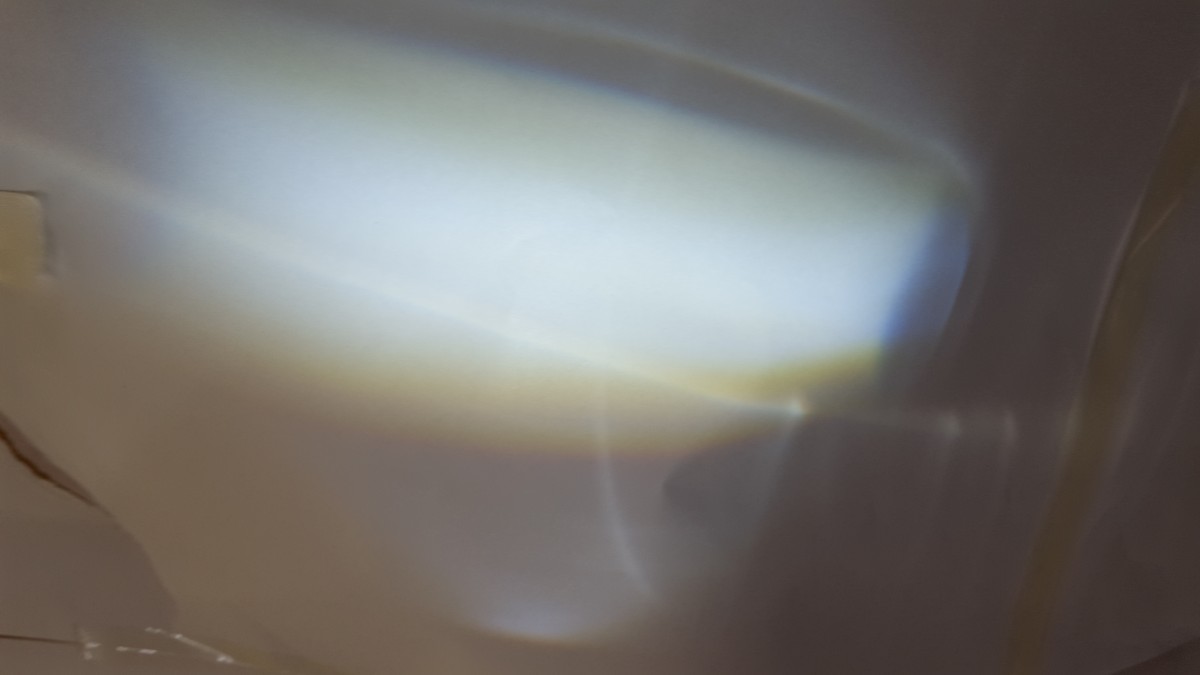


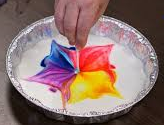










































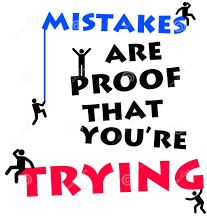
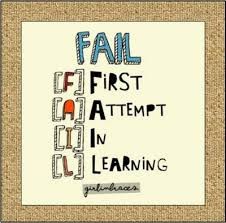



































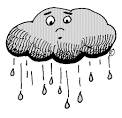
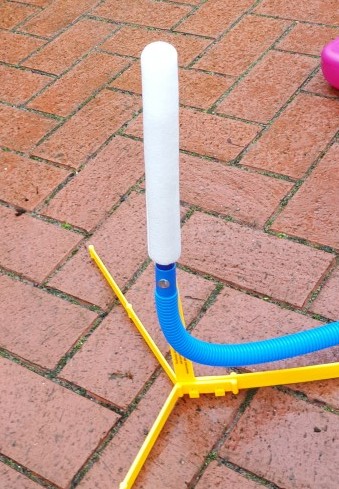











































 ).
).





